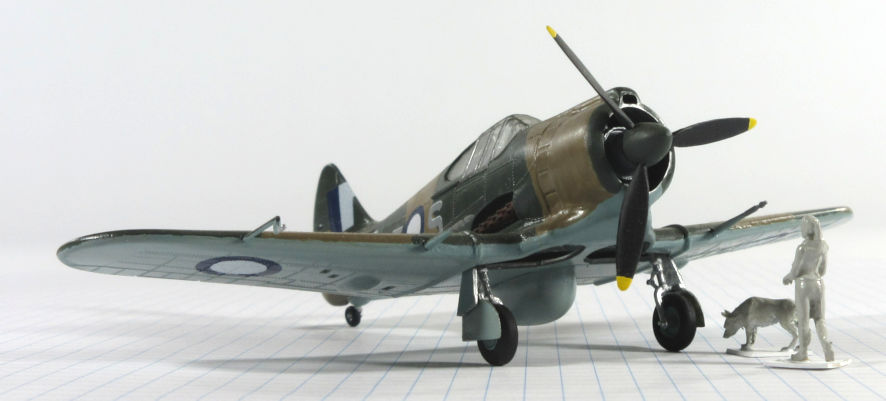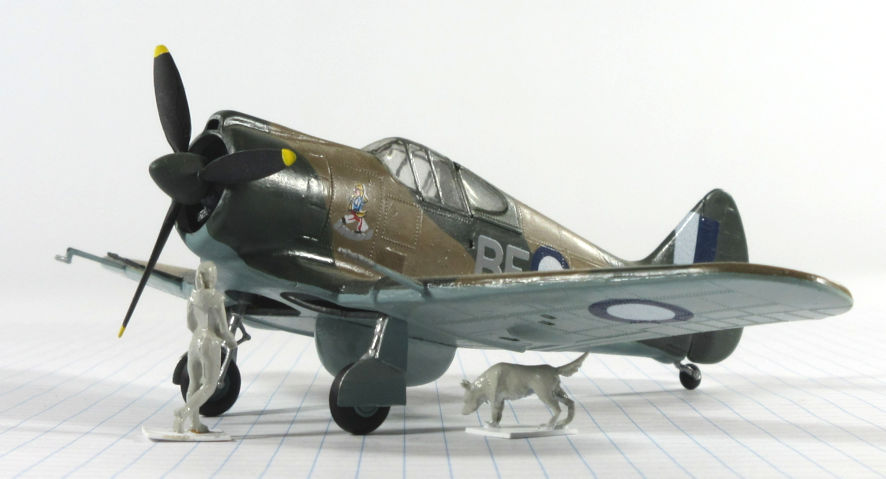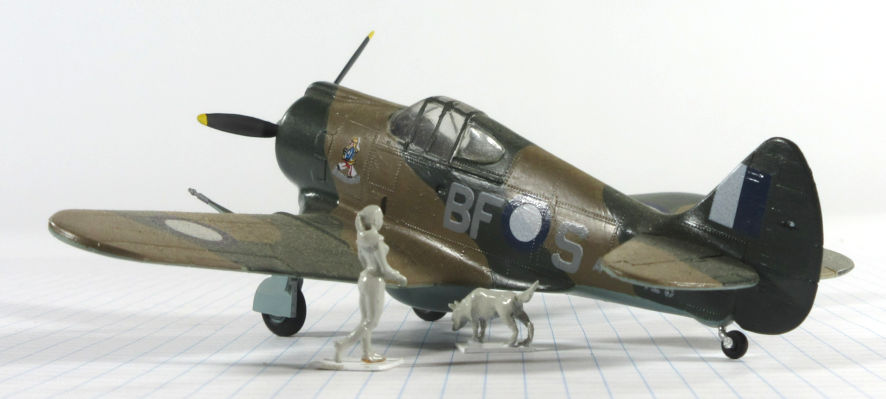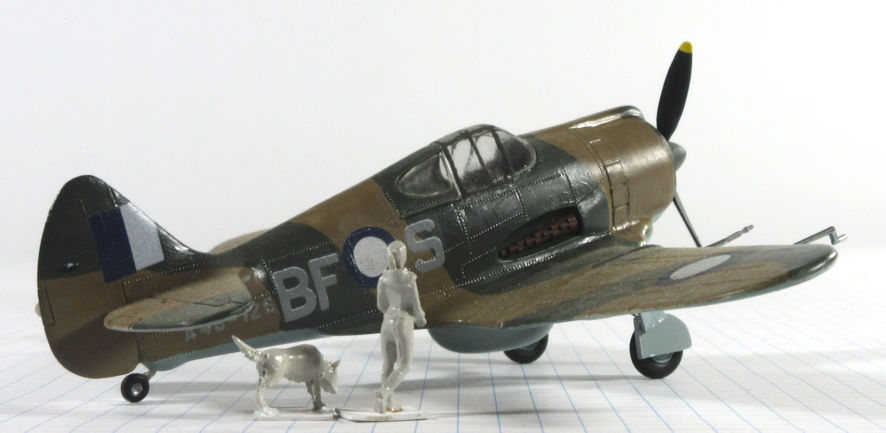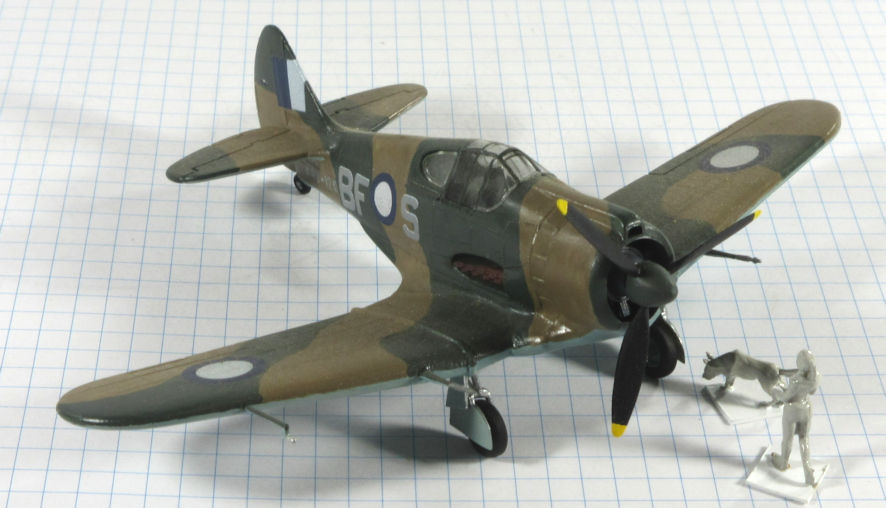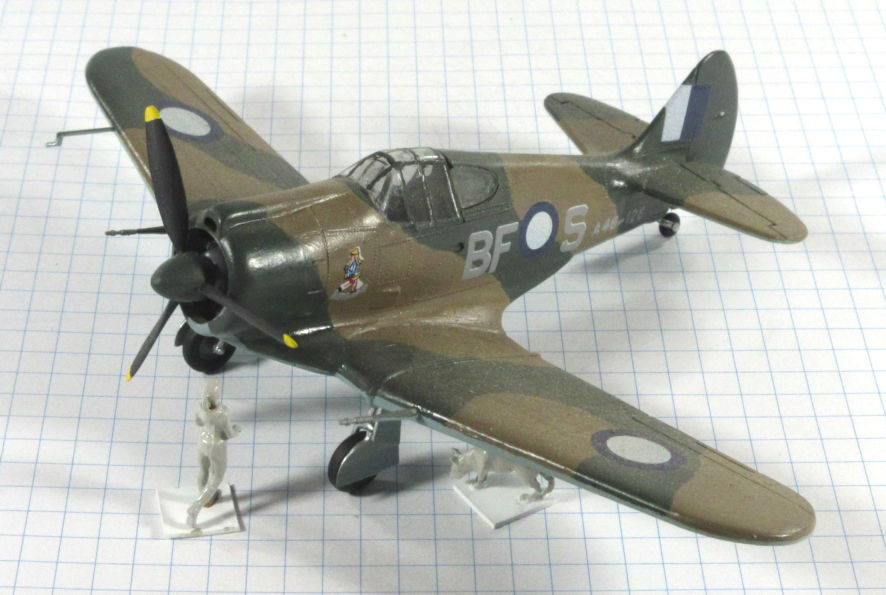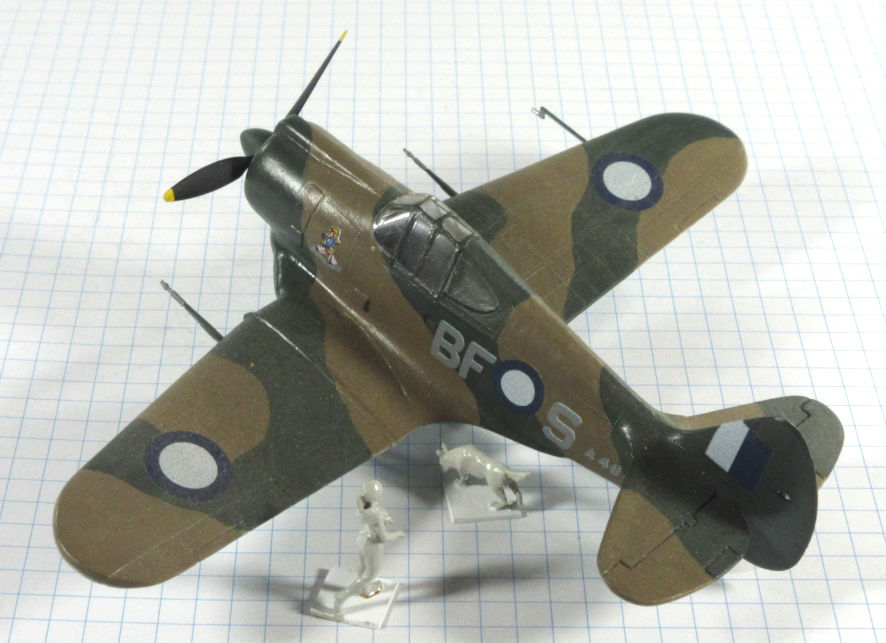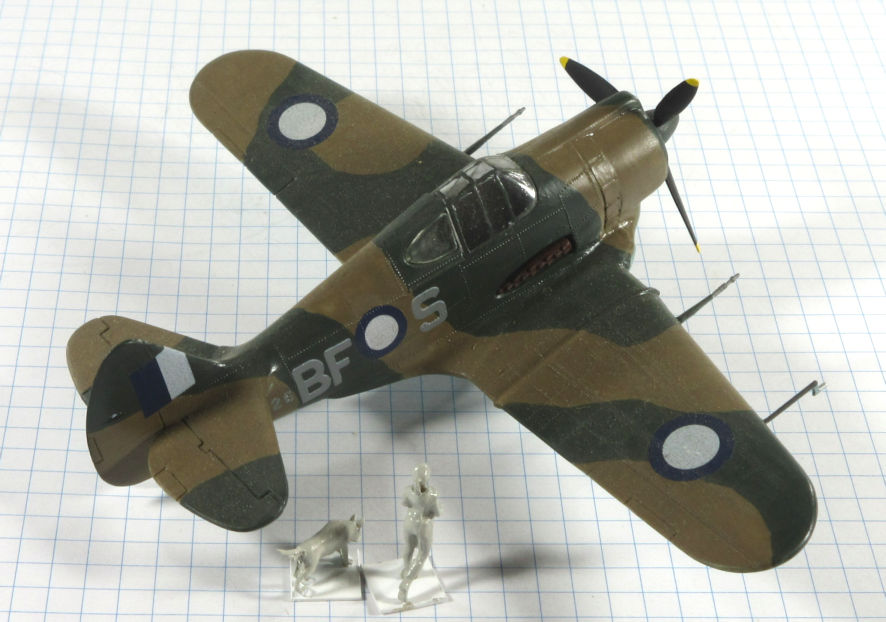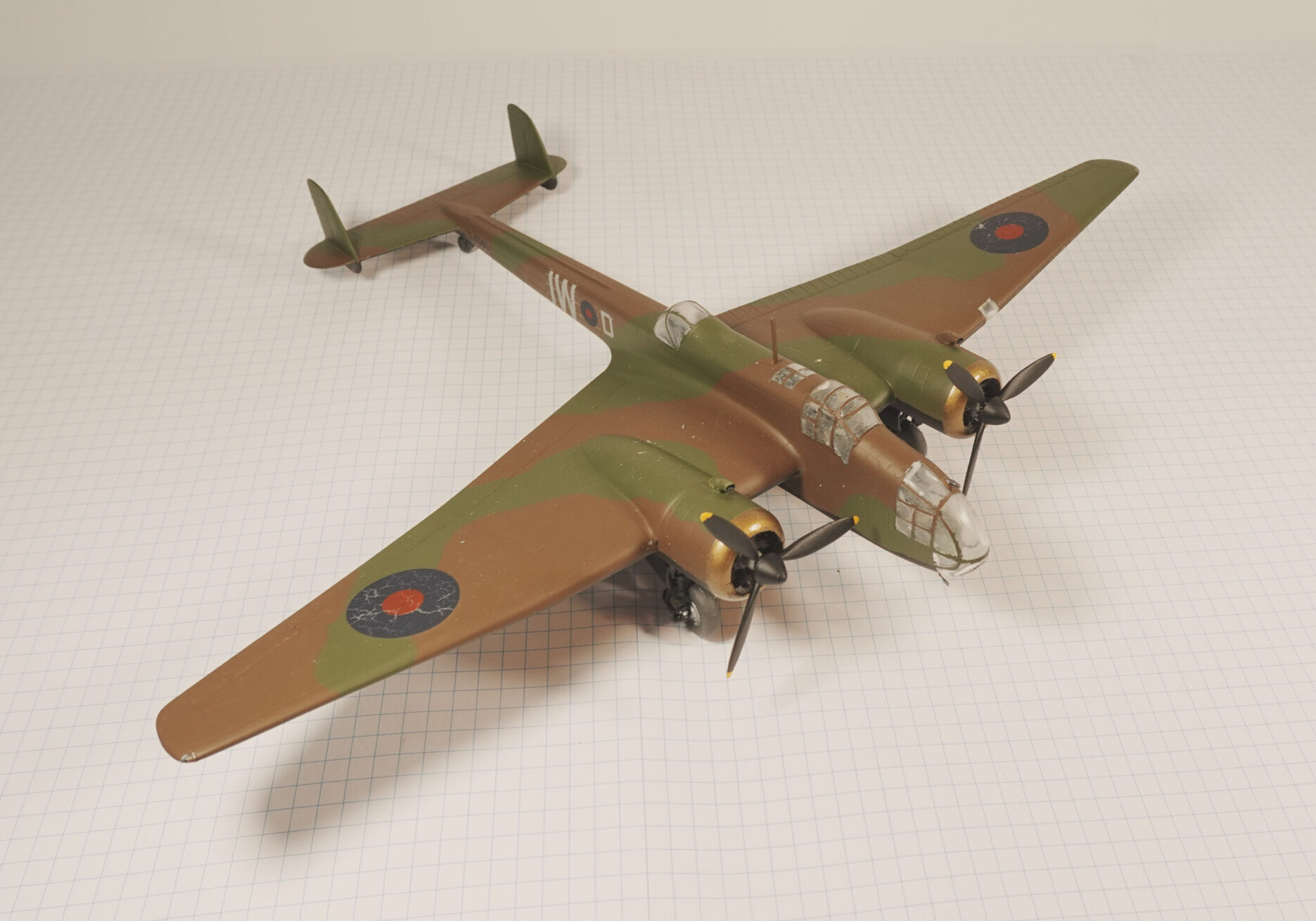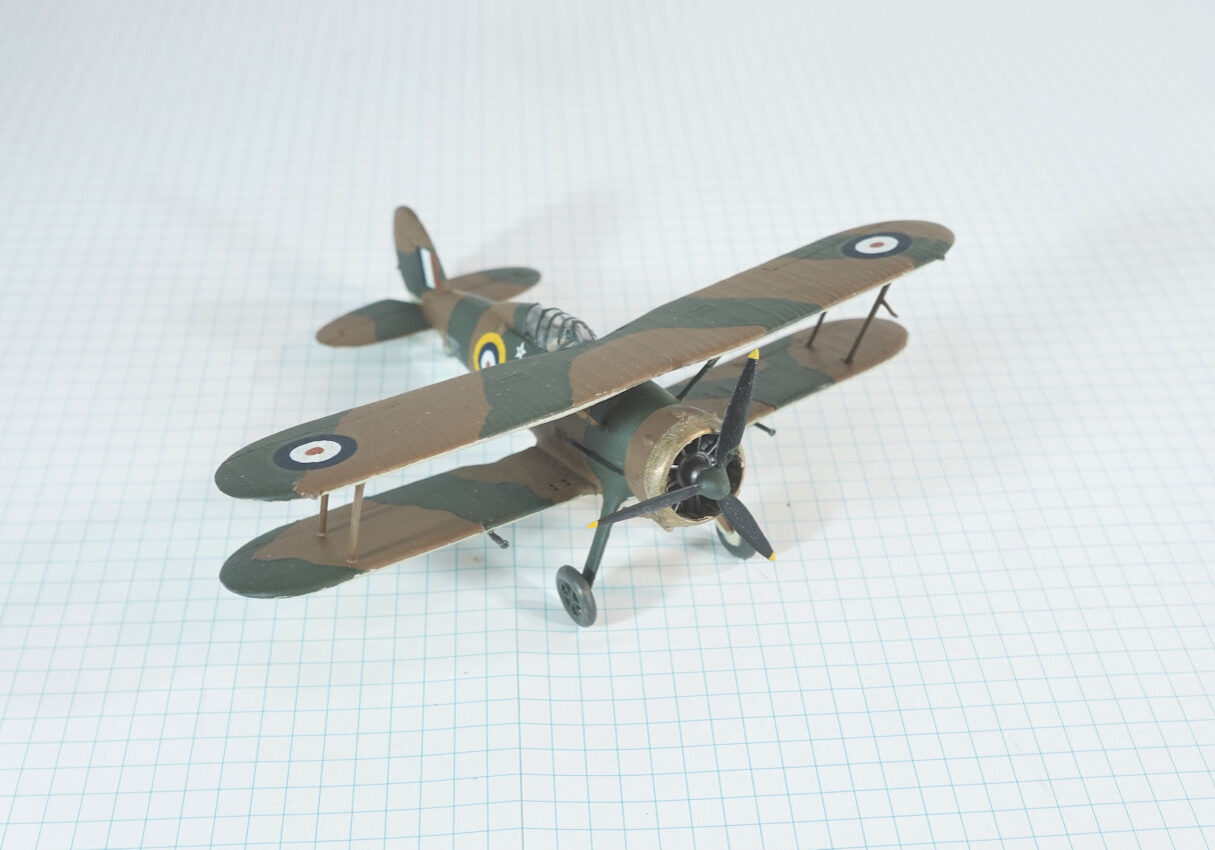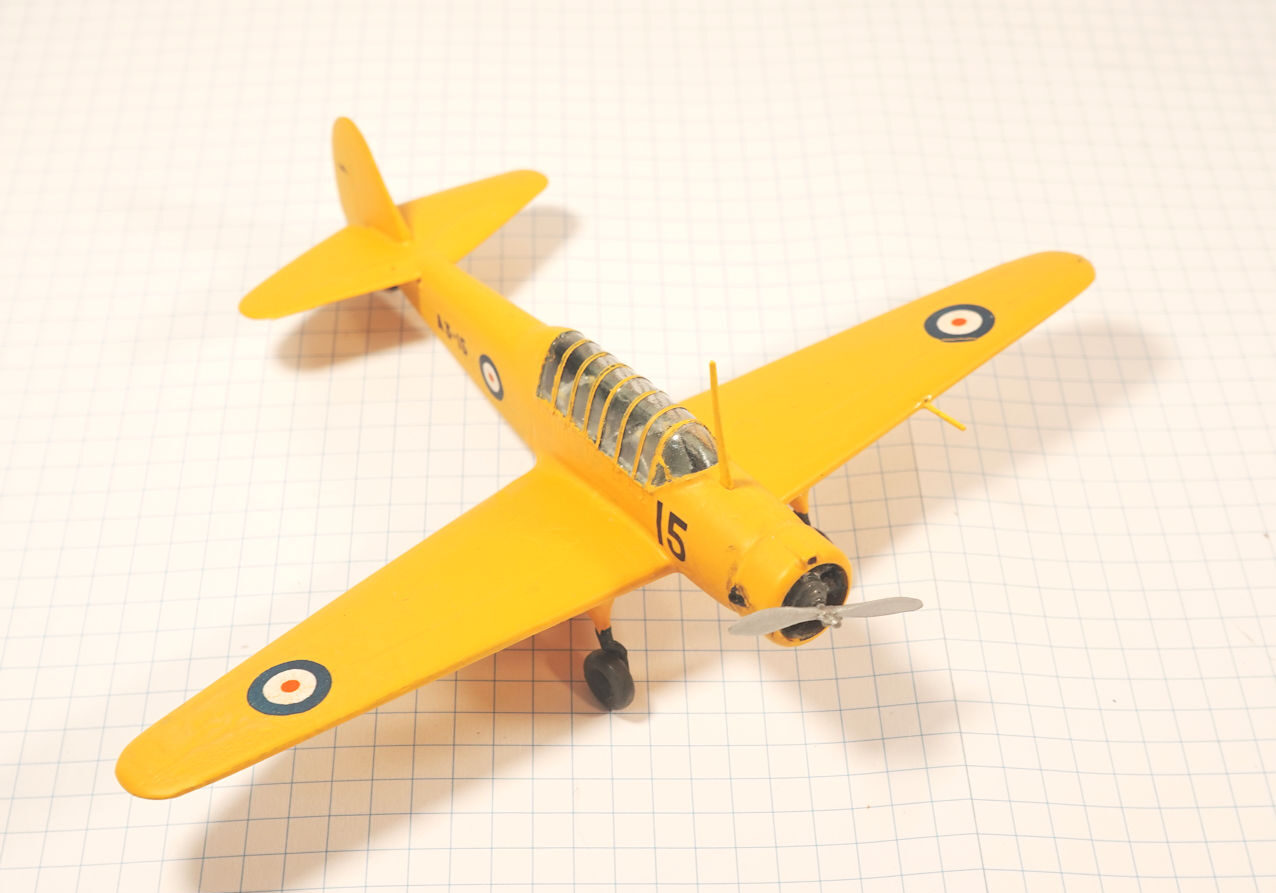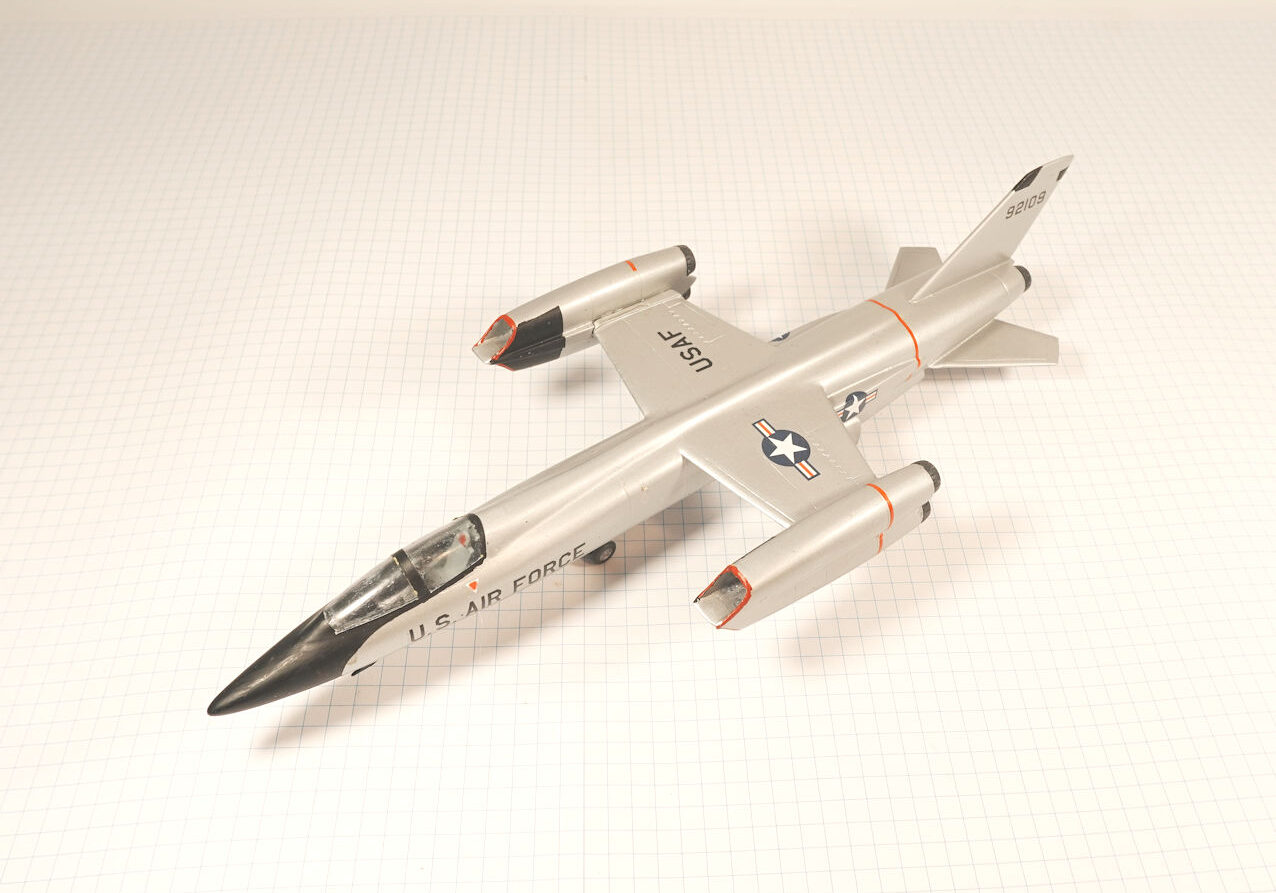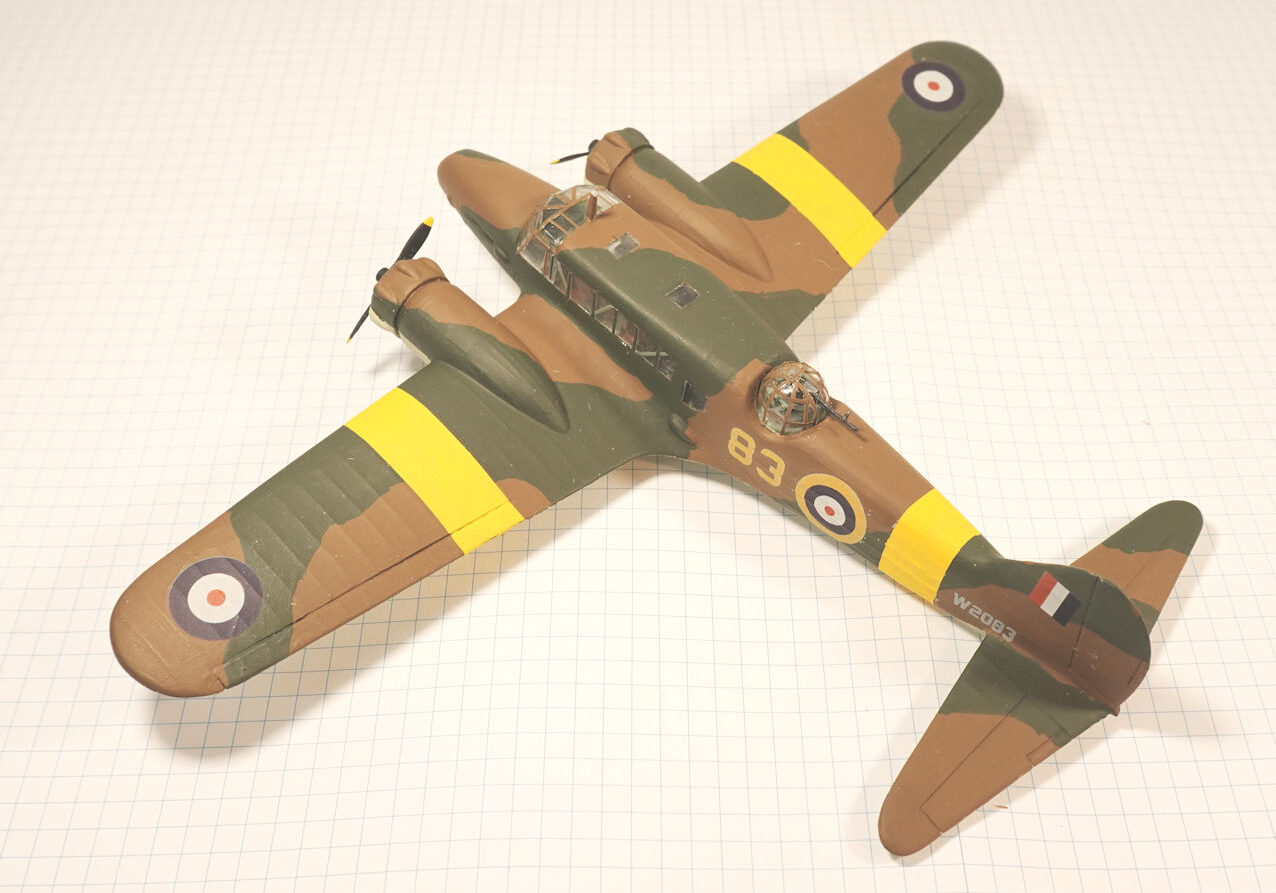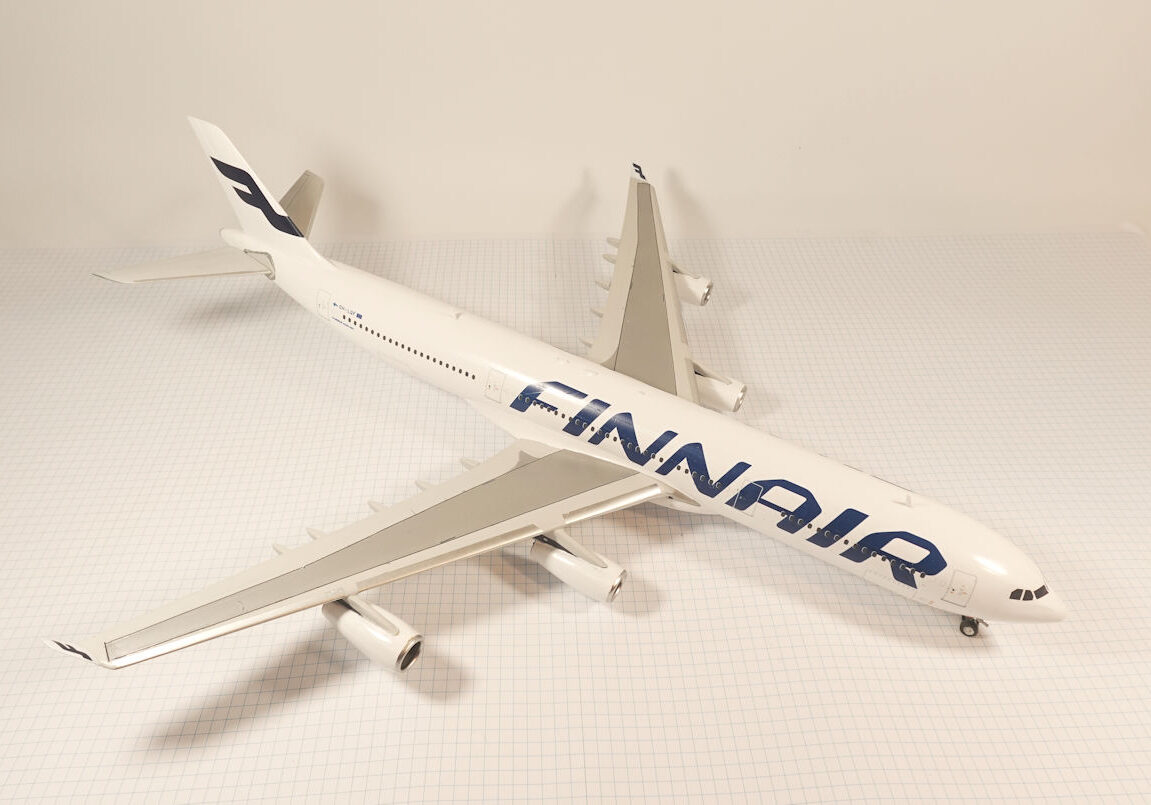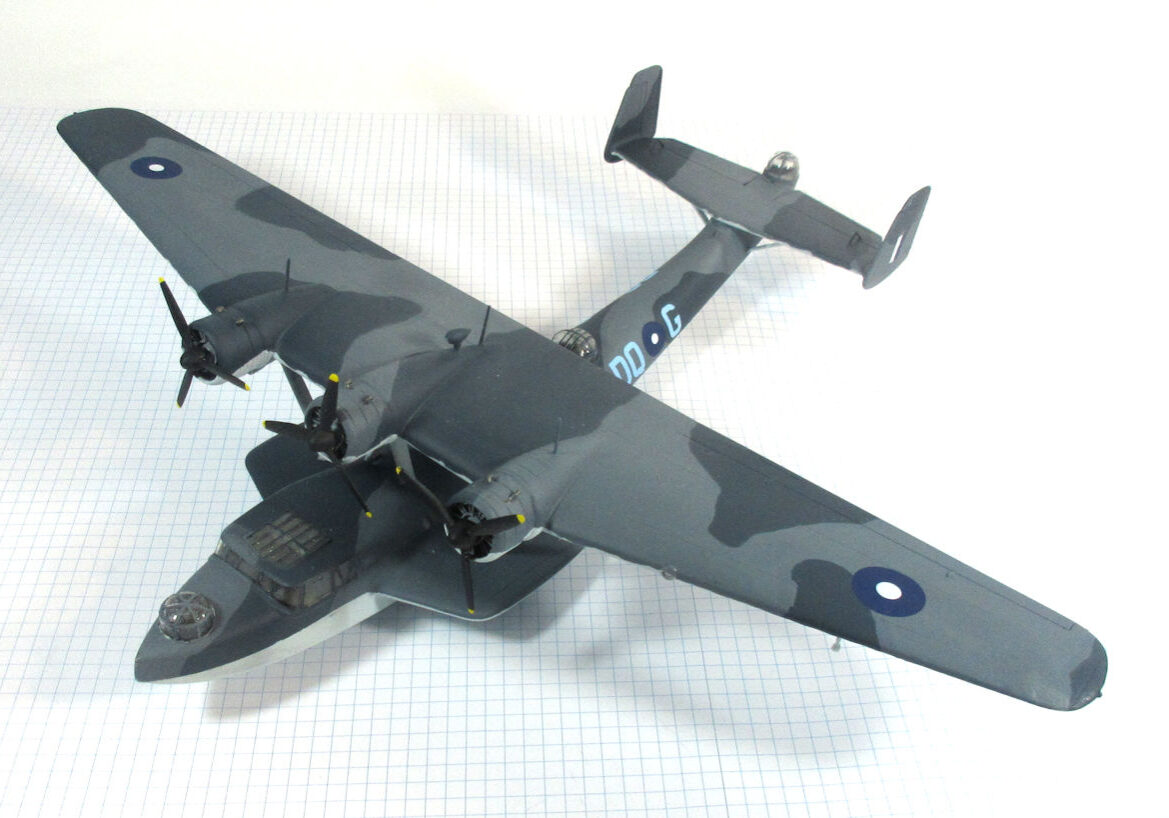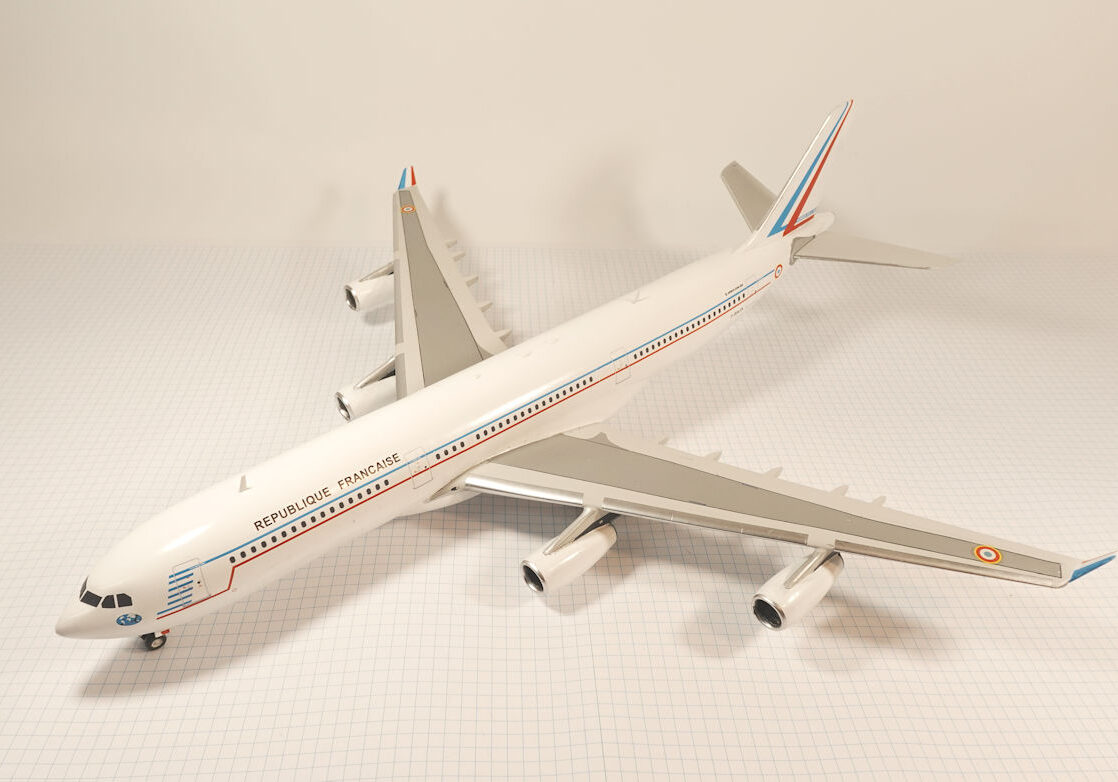History
Designed as a panic fighter in response to the Japanese attack on Pearl Harbour, the first Boomerang flew less than three months after it was ordered.
An Austrian Jewish refugee, Fred David, who was technically an enemy alien, was recruited for design work. He had previously worked for Heinkel, Mitsubishi and Aichi.
The aircraft was designed to utilize the airframe and jigs of the CAC Wirraway trainer. The engine from the locally produced Beaufort bombers was utilized. This was the same engine utilized in the Grumman Wildcat fighter.
The new aircraft was tested against a stripped down Buffalo as well as P-40E Kittyhawk and P-400 Airacobra. The aircraft was faster than the Buffalo but less manoeuvrable. Against the other fighters it was slower but was described as quite lively at less than 5000 ft.
As a fighter, the Boomerang was inadequate and no air to air victories were recorded.
With its rugged construction, armour and heavy armament, the Boomerang excelled at ground attack. It was able to fly extremely close to targets and was often used to mark targets for larger aircraft.
Airfix 1/72 kit completed by Steve Pulbrook in 2013.
